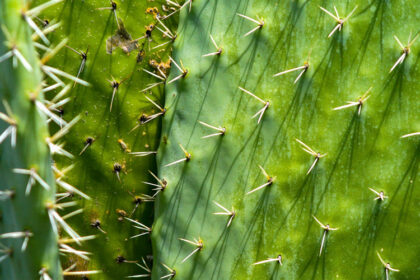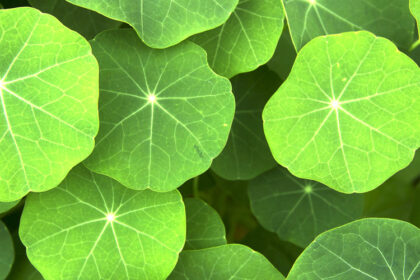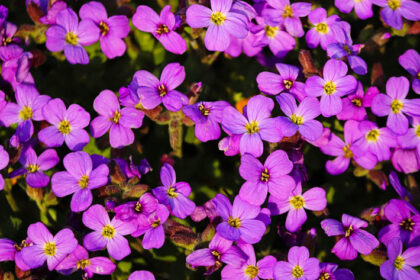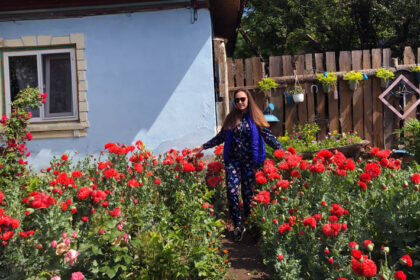Ferns are some of the oldest plants on earth. These plants, in their simplicity, provide an elegant setting for our garden. And if we often do not know what plants to plant in our garden’s shady and humid areas, ferns are those plants that will develop harmoniously. Ferns are considered to be the best houseplants for air purification. Because it is always green, fern improves moisture and fights toxins in the air.

1. Did you know that ferns are some of the oldest plants on earth? They practically appeared millions of years ago, adapted to climate change, and survive today without significant changes.
2. I think everyone has heard of the dinosaur era, which was a long time ago. Interestingly, ferns appeared before this era, hundreds of millions of years ago.
3. Approximately 10-15,000 known ferns worldwide are classified into about 40 different families. And that’s not all; fern species are expected to exist, only they have not yet been discovered because they are in areas that specialists have not yet explored.
4. One of the most exciting things about ferns is related to their reproduction. These plants reproduce by spores and have complex roots, stems, and leaves; it is classified as Division Pteridophyta.

5. In Australia, there is a natural fern paradise, and this is the only continent where there are whole forests only of ferns.
If we have the opportunity to get there, we will certainly have the impression that the dinosaurs have not disappeared.
6. Another fantastic thing about ferns is that some species can even be edible. It exists in the Chinese, Japanese, and Korean populations and has a fanciful gastronomic history. It prepares different dishes from ferns, even eliminating radiation from the body.
7. There is a species of fern called cinnamon fern. This fern variety grows in swampy areas in the wild in eastern North America. This fern begins to turn green, but it changes color to cinnamon as it grows.
8. If we consider the continent of Antarctica, we will undoubtedly say that there are no plant species due to the climate it has. But we can not say this about the past when the weather was much warmer, and there were species of ferns, including in Antarctica.
9. Another exciting thing about fern life is related to the “wisdom” of ferns. It is said that there are certain species of ferns that are toxic and emit a specific substance that leads to the death of the plants they have around the fern. And I say they show “wisdom” because, in this way, they can expand as much as possible and thus cannot perish.
10. The category that amazes us about ferns is that they never bloom because ferns reproduce by spores.

11. Ferns can also be grown indoors, and we have Nephrolepidaceae and Asplenium species that can find a place in our homes. These plants have been found quite often in people’s homes lately, known as air purifiers.
12. As we talked about the fern forests, we must also talk about the most miniature fern in the world, called Azolla Cristata, which grows in water, and reaches heights between 0.5 and 1.5 cm. An interesting thing about this fern species is that it is widely cultivated as a fertilizer for rice in Asia.
13. As we talked about the most miniature fern, of course, there are enormous ferns. These ferns grow like a tree and can reach heights of up to 10 meters, and a lifespan of two to three centuries.
14. Maidenhair ferns are those ferns with medical benefits, which can be used to treat asthma, snake bites, or even as an ingredient in medicinal shampoo.
15. Ferns prefer shady places to grow freely. For ferns to spread as much as possible, their habitat must be a humid and more incredible place for spores to germinate.
16. If we look at the ferns, we realize that they are just a collection of leaves. They also produce stems, but most are in the ground. If we look more closely, the fern branch is a rhizome and is covered with scales or hairs, and the roots are found on the underside of the rhizome.

17. Those little brown spots at the bottom of fern leaves are not a disease of theirs but represent their reproductive parts. The dots are called sori and consist of clusters of sporebearing sporangia.
18. The wind also plays an essential role in spreading ferns. Thus, with the help of the wind, the fern spores spread on a large scale of hundreds of kilometers from the mother fern, reaching the ground and damaging the life of new ferns.






